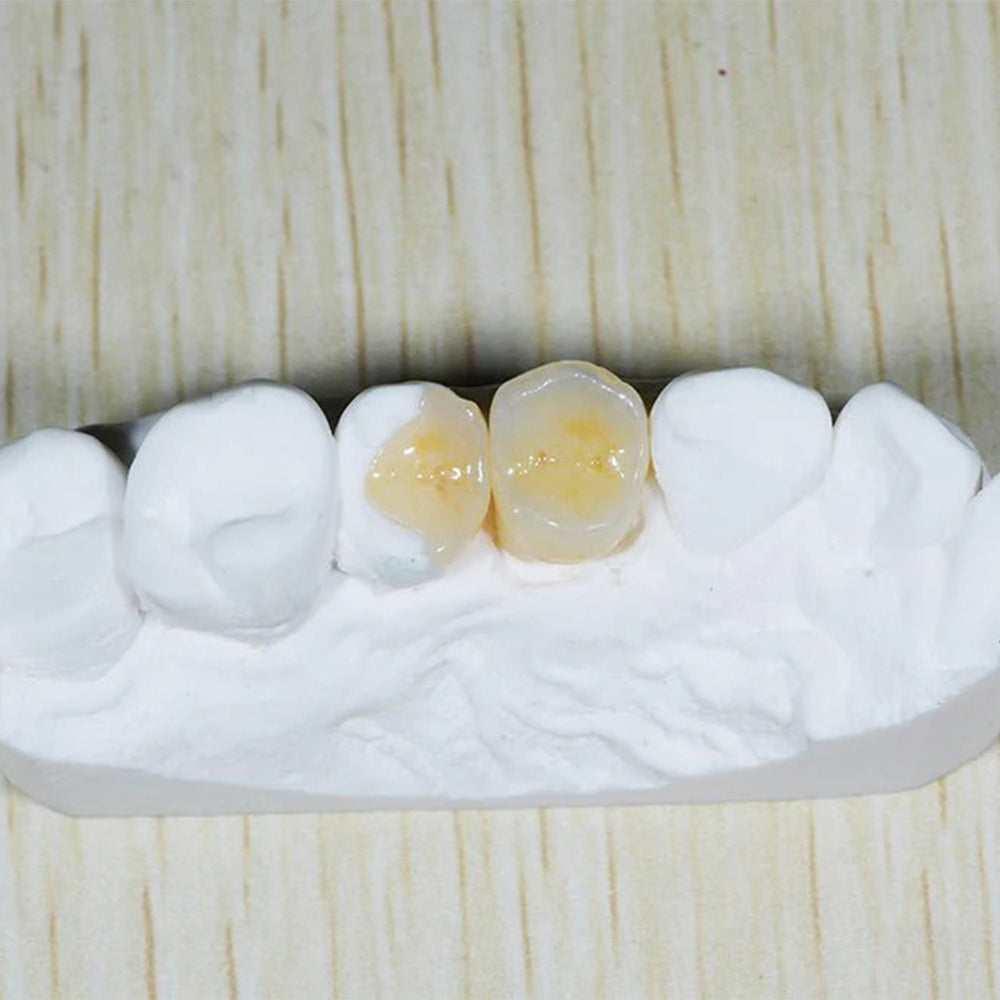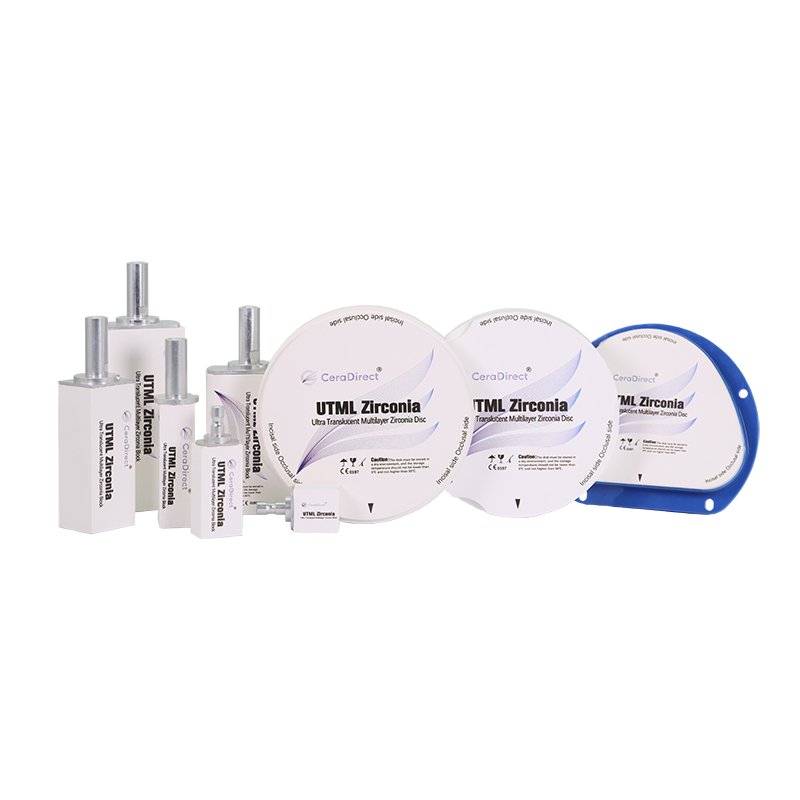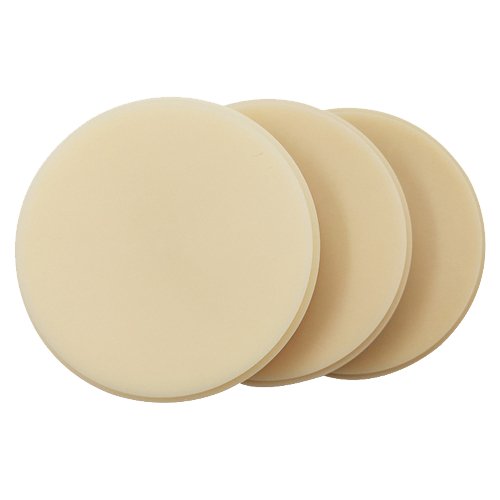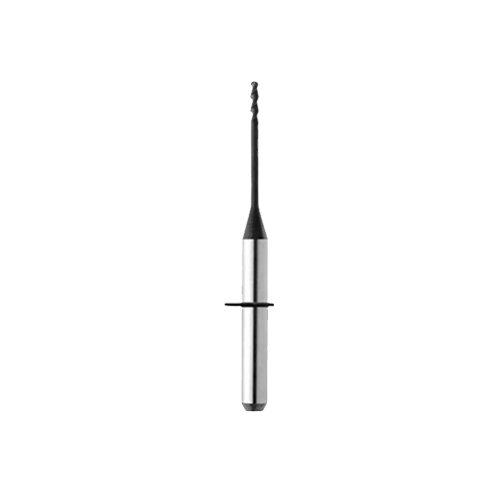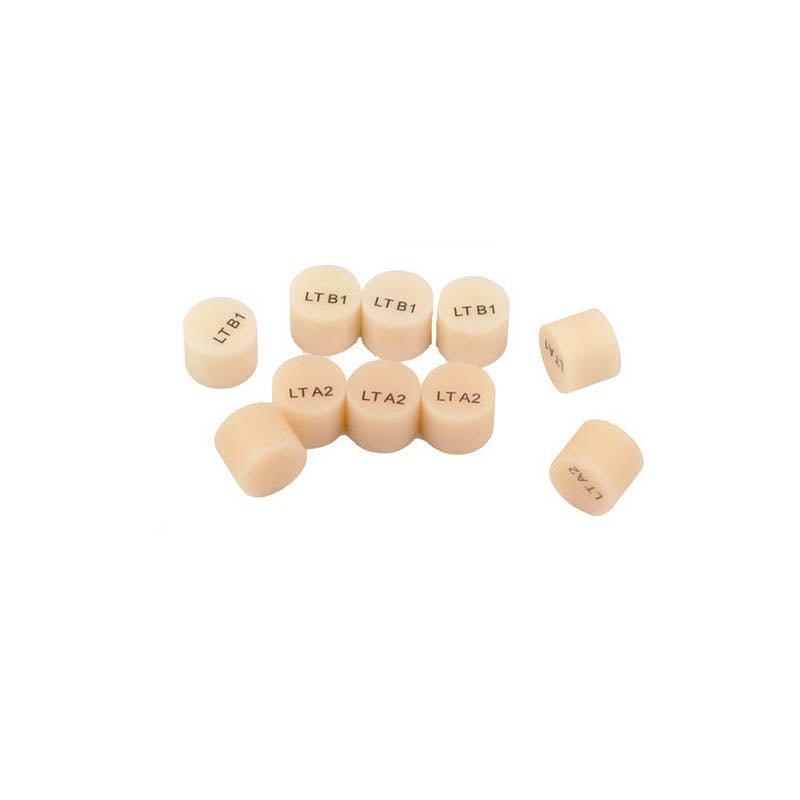Have you ever wondered how modern dentistry is able to repair tooth defects with such precision and effectiveness? Let's delve into the world of inlay repair technology and how it is revolutionizing the way we treat dental issues.
What is inlay repair technology?
Inlay repair technology is a cutting-edge method used by dentists to restore teeth that have been damaged by decay or trauma. Unlike traditional fillings, inlays are custom-made in a dental laboratory to fit the exact shape and size of the cavity, providing a more durable and long-lasting solution.
How does inlay repair technology work?
First, the dentist will remove the decayed or damaged portion of the tooth and take an impression of the cavity. This impression is then sent to a dental lab where the inlay is fabricated using high-quality materials such as porcelain or composite resin. Once the inlay is ready, the dentist will bond it to the tooth using a special adhesive, creating a seamless and natural-looking restoration.
What are the benefits of inlay repair technology?
One of the main advantages of inlay repair technology is its precision and customizability. Inlays are designed to perfectly match the shape, size, and color of the natural tooth, resulting in a restoration that is virtually indistinguishable from the surrounding teeth. In addition, inlays are more durable than traditional fillings and can last for many years with proper care.
Why choose inlay repair technology for tooth defects?
For patients with moderate to severe tooth decay or damage, inlay repair technology offers a superior alternative to traditional fillings. Inlays provide a stronger and more long-lasting solution, reducing the risk of further decay or fracture. Additionally, inlays are less likely to discolor or wear down over time, ensuring a beautiful and functional smile for years to come.

